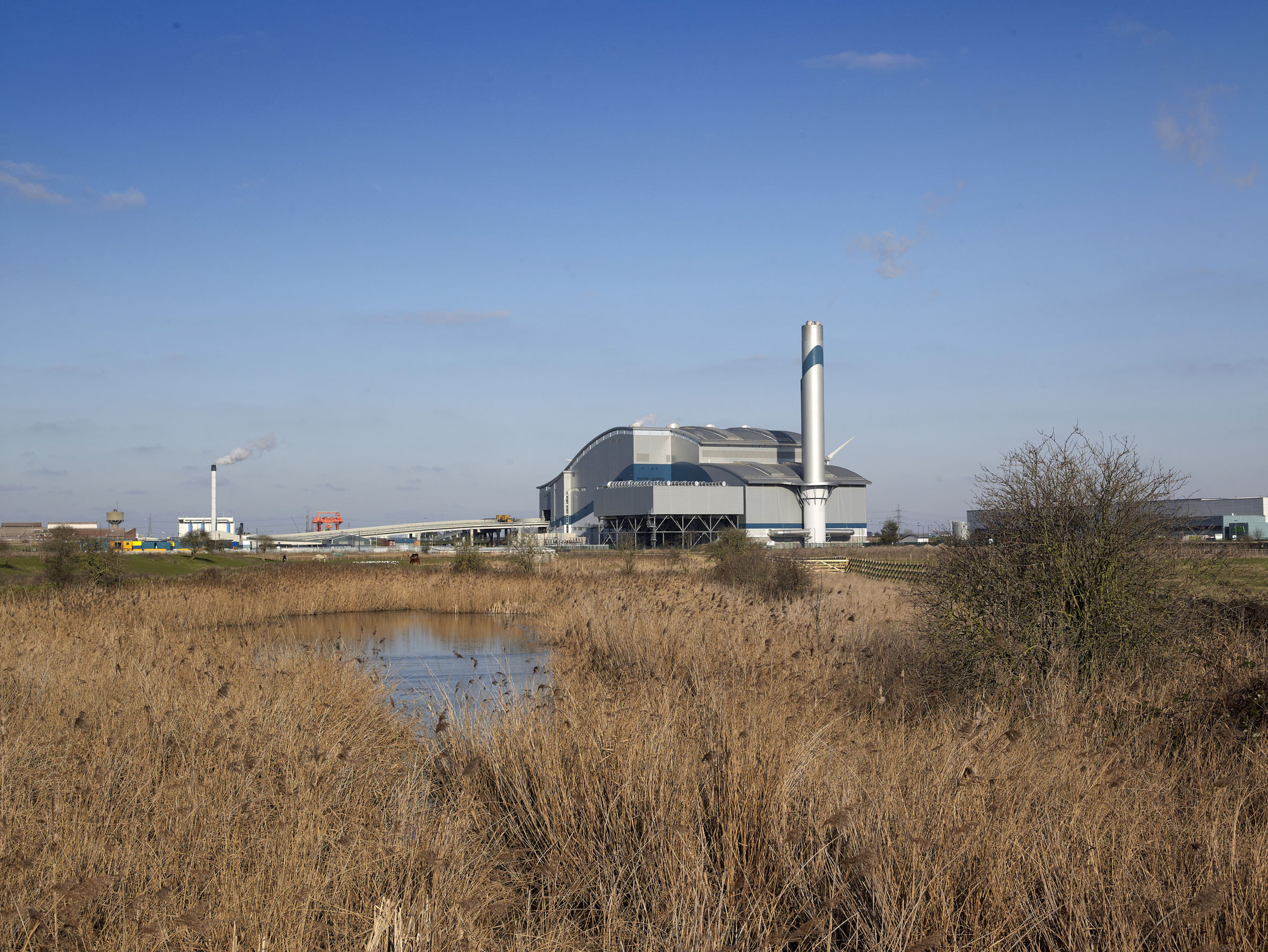Over 350 people from across the world attended the annual Energy from Waste (EfW) conference in London earlier this month. Our MD, David Speddings reports on the key discussion points and the industry’s perspective on future development in this sector…
“As you might expect, the biggest conversations focused on carbon capture, public perception of the sector, forthcoming legislation and opportunities for development. In the UK, it’s widely accepted that we’re reaching the end of the current round of building for new EfW facilities and that the general stock is young and in good shape. There’s perhaps only three or four major new plants required and this will largely be in the South East. So where will new opportunities arise? One argument is that there’s a need for smaller, innovative facilities that deal with the waste more directly i.e. effectively ‘cooking’ rather than burning, which opens doors to turn this gas output into synthetic fuels or even hydrogen. Another alternative will be the modification or adaptation of existing facilities to enable carbon capture, now that this must be achieved by 2050 as part of the government’s Net Zero Strategy.
“Much of the discussion rightly focused on how the sector will tackle CCUS (Carbon Capture Use & Storage) to make EfW carbon neutral and this follows two strands. First, there’s the opportunity to better connect to district heating networks. All EfW facilities are district heating enabled but only 12 out of 54 export heat, meaning the heat produced by the remainder is simply going into the atmosphere, or as one delegate remarked “it’s keeping the birds warm!” Domestic heating accounts for 30% of CO₂ production in the UK. If 40,000 homes were connected to a district heating network, that’s 40,000 gas fire boilers no longer in use which would make a significant impact in emission reduction. Of course, its unfortunately not that simple; it’s currently not covered by Ofgem and would require a substantial shift in public perception so there’s much to address but I was encouraged to hear that funding is available and one scheme being proposed that will include a heat network is one of our projects; the Cory Riverside Energy Park at Belvedere, London.
“The second strand looks at the long-term storage of CO₂. All EfW facilities produce CO₂ every day, which in its pure form has uses for food production or building blocks but can also be converted into higher value fuels such as green or blue hydrogen. The Government has identified depleted gas fields around the UK where CO₂ can be stored long-term either underground or under the sea. One of the pioneering projects we heard about for this is Hynet North West, which will use and extend existing pipelines to transport CO₂ from industry and store in a depleted offshore hydrocarbon reservoir. This project is expected to reduce CO₂ emissions by up to 10 million tonnes a year by 2030, the equivalent of taking 4 million cars off the road. It will be interesting to see how this and other sites develop, especially what plans there are to connect facilities where the pipeline infrastructure isn’t in place or they are not nearby ports.
“The final major topic was around the problem of public perception and awareness. The industry acknowledges it needs to do better in promoting its activities, and that it is still too reactive. EfW facilities actually only contribute 20% of the UK’s CO₂ emissions, which is equivalent to the water/sewage treatment industry and way behind landfill, which accounts for circa 60% and also produces the much worse greenhouse gas, methane. The anticipated land fill ban 2028 will change the market but there’s more than we can do now to change our buying habits, packaging materials and ensure recycling isn’t limited to single use. This is a domestic and global problem, so let’s continue the conversation.”

